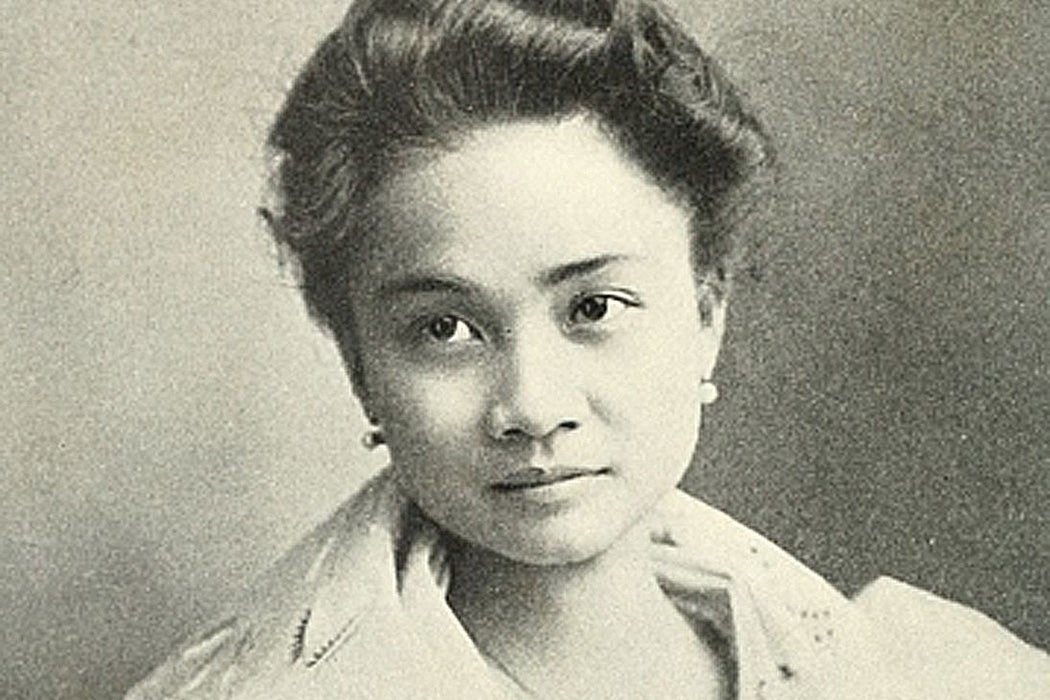When the US occupied the Philippines in 1898, many Americans supported the foray into colonialism with a sense that the people of the archipelago were savage and unsuited to self-governance, and that the men in charge treated women brutally. In this context, historian Laura R. Prieto writes, a Filippina woman named Clemencia López became an ideal ambassador.
Prieto writes that López came from a wealthy family that ardently opposed the centuries-old Spanish colonial occupation of the Philippines. Her brothers were involved in the 1898 revolution, in which the US allied with the anti-colonial forces. But when America refused to relinquish control, several members of the family became outspoken opponents of the brutal occupation. Eventually, American officials arrested three of Clemencia’s brothers and seized the family’s property.
Subsequently, she traveled to the mainland US to plead the family’s case. Thanks in part to the López family’s wealth and their connections in the anti-imperial movement, she was able to quickly win allies. When her mission of freeing her brothers came to nothing (later, the army released them after gaining sufficient control over the country that they were no longer deemed a threat), she turned to the broader cause of independence for her nation.
Prieto argues that López’s self-presentation as a cultured, beautiful young lady bolstered her cause. Newspaper accounts celebrated her industrious weaving and embroidering, her intelligence, and her desire to improve her English. In portraits and in public appearances, she chose clothing that was both luxurious and distinctively Filipino, presenting herself as both “civilized” and committed to her nation. US writers compared her clothing to Martha Washington’s dignified old-fashioned clothing and to chic contemporary kimono designs.
López’s most prominent public appearance was an address to the New England Woman Suffrage Association on May 29, 1902. While she’d had no prior involvement with women’s rights, the suffragists were interested in hearing her opinions about “Women in the Philippines.” At the time, US suffrage organizations were exploring a possible alliance with the anti-imperial movement. On the other hand, some feminists supported the colonial occupation of the Philippines, identifying Filippina women as victims of the male domination that they believed characterized “savage” societies.
In her speech, López insisted that the women of the Philippines were regarded as equal to men in all ways—and that this was “not a new thing.”
“It was not introduced from Europe, but was innate,” she said.
Weekly Newsletter
Prieto notes that this was a simplification, given the long influence of Spanish patriarchy on the islands and the fact that the all-male revolutionary Filipino government in exile had little interest in political equality for women. But it resonated with some feminists who believed that matriarchy was common among “primitive” peoples.
After returning home, López became a campaigner for women’s rights in the Philippines, co-founding the Asociación Feminista Filipina. And while her visit to the US certainly didn’t transform public opinion, she provided many Americans with a new way of looking at her nation.







